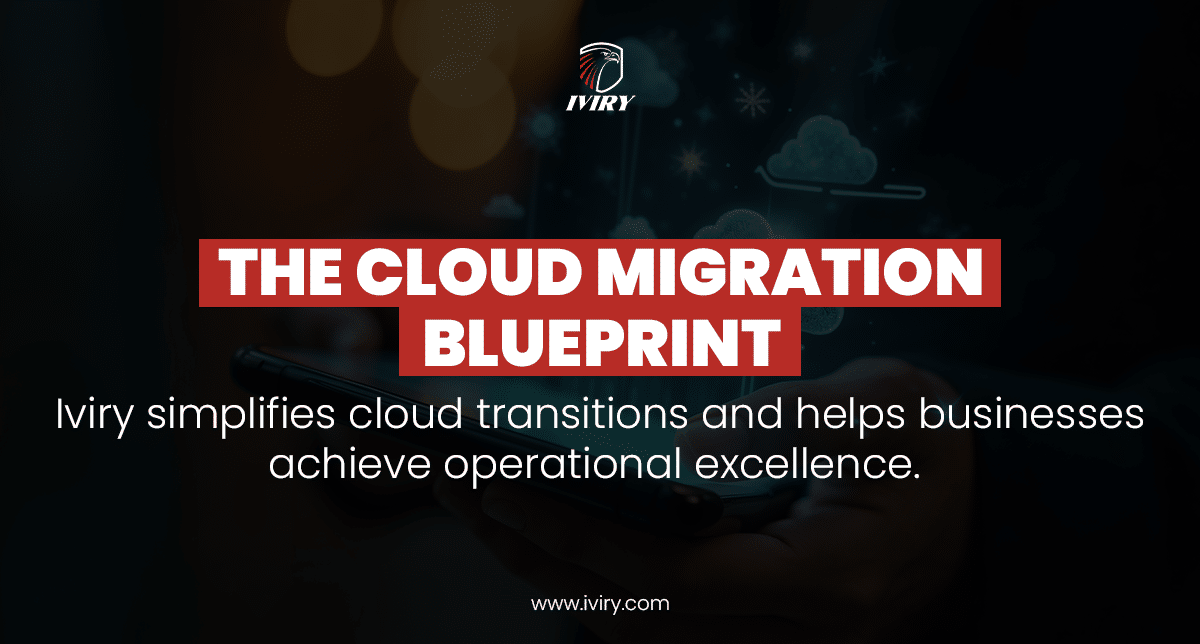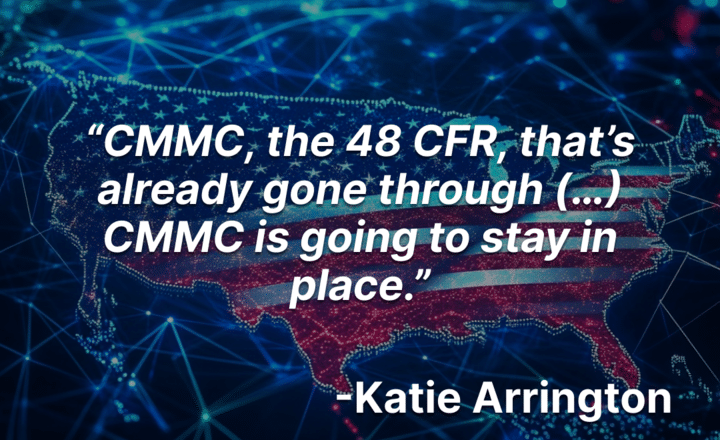A Practical Guide for Businesses Moving to the Cloud — With Security, Strategy, and Confidence
The shift to cloud computing is one of the most critical technology moves a business can make. Whether driven by scalability needs, cost optimization, or digital transformation mandates, cloud adoption is no longer optional — it’s foundational.
Yet many organizations still find themselves asking the same question: How do we migrate to the cloud without disrupting our operations or compromising security?
At Iviry, we believe the answer lies in a carefully structured process — one that balances strategic planning with cybersecurity best practices and long-term operational goals. That process is what we call The Cloud Migration Blueprint — a model built to help businesses move smartly, safely, and successfully into the cloud.
Why Cloud Migration Needs a Blueprint
Despite the obvious advantages of cloud technology — agility, scalability, and cost savings — migrations often fall short due to one key reason: lack of planning. Businesses frequently underestimate the complexity of untangling legacy systems or overestimate how “plug-and-play” cloud environments really are. As a result, they face delayed timelines, inflated costs, and even security risks that weren’t accounted for.
This is where the Iviry approach comes in. We don’t treat migration as a one-time technical job; we view it as a business transformation initiative. Our Cloud Migration Blueprint ensures every step — from discovery to deployment and beyond — is handled with foresight and precision.
Step 1: Understanding Your Environment
No two IT ecosystems are the same. That’s why every cloud journey starts with deep discovery. We assess your infrastructure, map out critical applications, and identify dependencies that could impact your migration. Just as importantly, we analyze your industry-specific compliance requirements — whether that’s CMMC, NIST SP 800-171, HIPAA, or others — to ensure nothing gets missed during or after the move.
This step lays the groundwork for a strategic, secure transition. Without it, organizations risk bringing legacy problems into a modern environment — or worse, leaving vulnerabilities exposed.
Step 2: Building a Strategic Plan
With a clear understanding of your current state, we develop a future-ready architecture tailored to your goals. This includes selecting the right cloud model (public, private, hybrid), designing for scalability and high availability, and building in security protocols from the ground up.
Rather than rushing to move everything at once, we help you prioritize which systems and data should migrate first. Often, this includes low-risk applications that can serve as test cases, followed by more complex workloads. The goal is to create momentum and prove stability early — while protecting business continuity.
Step 3: Executing a Seamless, Secure Migration
Execution is where most migrations either succeed or stall. At Iviry, we implement your migration plan with minimal disruption. Our engineers use secure transfer protocols, cloud-native optimization tools, and customized scheduling to move data and applications during off-hours or staggered phases.
What makes this step different is our focus on security as a built-in, not a bolt-on. We ensure encryption is in place, user access is properly managed, and systems are monitored in real time. Whether you’re migrating to AWS, Microsoft Azure, or another platform, we follow best practices that prioritize resilience and readiness from day one.
Step 4: Validating the Environment and Driving Improvement
Migration isn’t complete once data is moved. The post-migration phase is where businesses can extract the full value of their investment — or face performance issues that erode trust.
We rigorously test every migrated system for functionality, performance, and security posture. Any anomalies are resolved before full handoff. We also help organizations optimize cloud configurations to reduce spend, improve speed, and automate recurring tasks.
Just as importantly, we document your new environment so it’s compliant, auditable, and scalable. This is particularly valuable for contractors working under DoD or federal cybersecurity requirements, where transparency is key.
Step 5: Managing and Scaling Long-Term
Successful cloud adoption doesn’t end at go-live. Ongoing management is essential for maintaining performance, minimizing risk, and preparing for future growth. Iviry provides continuous support through our managed services — including monitoring, patching, cost optimization, and compliance oversight.
Our clients gain a partner who not only helps them migrate to the cloud but ensures they continue to get better at using it over time.
The Iviry Advantage
What makes Iviry different isn’t just our process — it’s our perspective. We understand the unique demands of security-sensitive sectors like defense, finance, and professional services. Our team includes former military IT leaders, compliance experts, and cybersecurity architects who bring not only technical precision but strategic foresight.
We don’t treat cloud as a checkbox. We treat it as an opportunity to modernize your business and gain a competitive edge. The Cloud Migration Blueprint is how we help you get there — with clarity, control, and confidence.
Ready to Make the Move?
If your organization is preparing for cloud adoption, don’t settle for trial-and-error. Let Iviry guide your migration with a blueprint that puts your business goals, security needs, and compliance responsibilities first.
Let’s build your path to the cloud — the right way.
Explore our Cloud Readiness services at www.iviry.com or contact us to start your assessment today.





